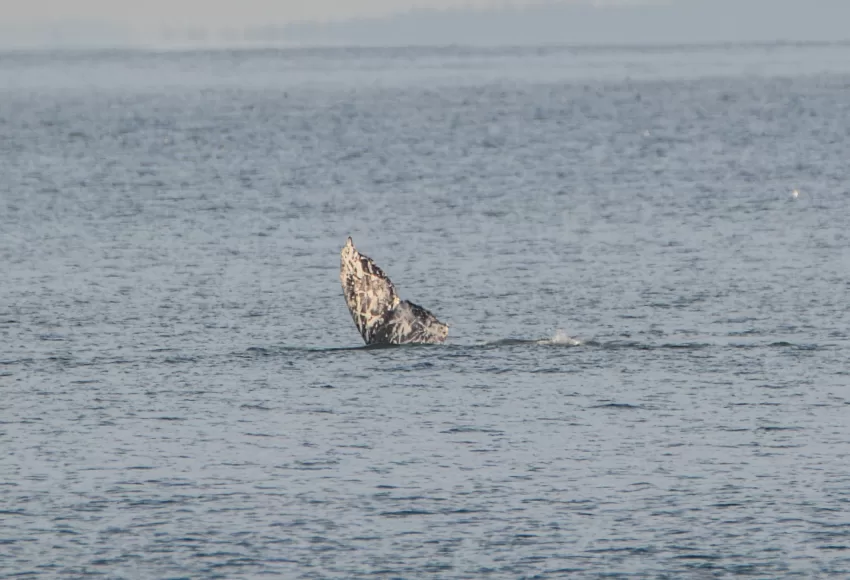Some great tail action at the Cove this morning (10/31/23)! And some amazing video of whale breaches at the entrance to Tillamook Bay yesterday (10/30/23)!
Here’s some information about gray whales from Seaside Aquarium:
Gray whales have started their fall migration. Calm ocean conditions are ideal for spotting whales. From now through January if the surf is as small keep your eyes turned towards the sea. You never know what you’ll spot.
While approximately 200 resident gray whales live nearly year-round in Oregon’s coastal waters, a majestic parade of 18,000 migrating whales will swim past our coastline in small groups or individuals as the species moves southward to their calving spots in the warm waters of Baja California, Mexico. Preferring shallow waters, these baleen whales can filter food in a variety of ways. They are the only whale that filters mud by sucking sediment off the seafloor and consuming small invertebrates such as amphipods and zooplankton, but they are also able to eat small shrimp from the water column.
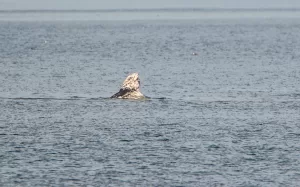
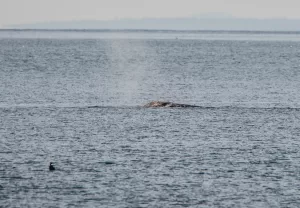
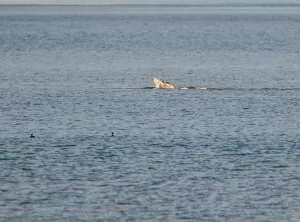
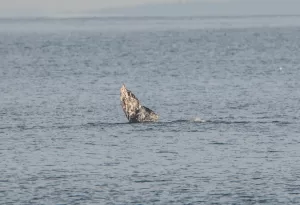
These mighty marine mammals grow to be 49 feet long, over 80,000 lbs. and have an estimated lifespan of over 70 years. Calves are born after 12 months of gestation in the warmer waters of Mexico and will not reach reproductive maturity until over 6 years of age. Like many baleen whales, long-term bonds between individuals are uncommon.
Gray whales annually migrate 10,000 miles and are one of the longest migrating mammals on the planet. As they swim, whales will surface every 20 seconds and will blow a spout of water nearly 15 feet into the air for about five seconds before they take another breath to submerge again. If feeding or frightened whales can stay down for 30 minutes before they surface to replenish their oxygen.
For more from Seaside Aquarium, follow them on Facebook, or go to www.seasideaquarium.com
Tillamook Bay Video by Tim Timmins, 10/30/23
Seaside Cove Photos/Video by Tiffany Boothe, Seaside Aquarium

